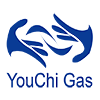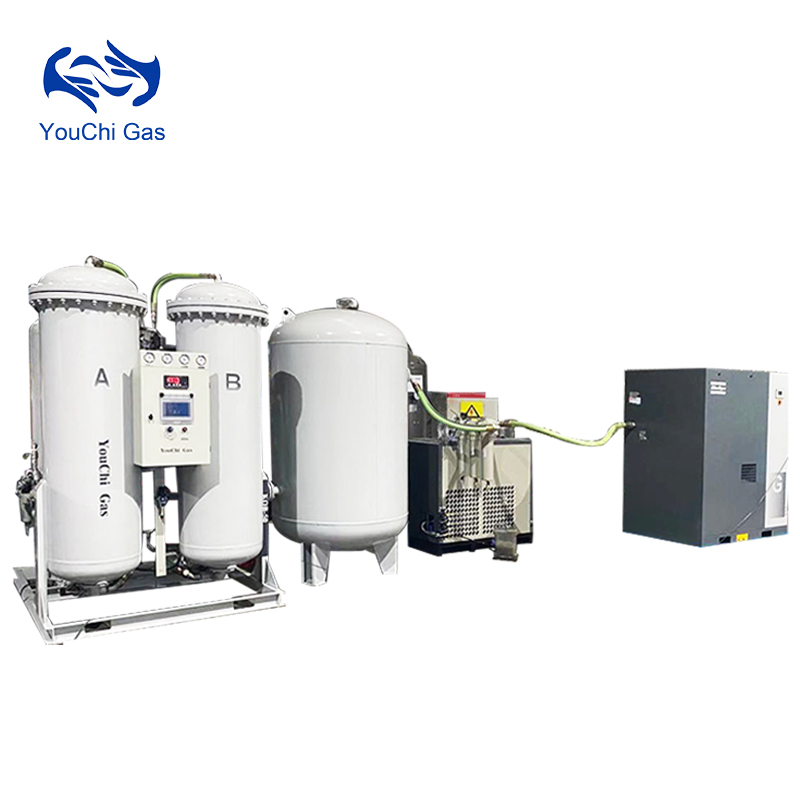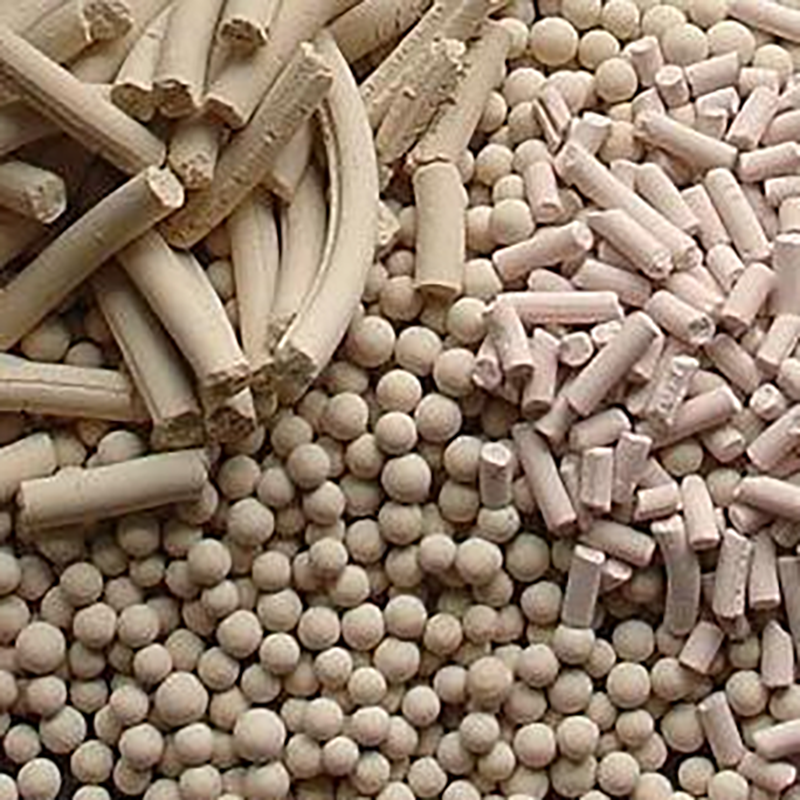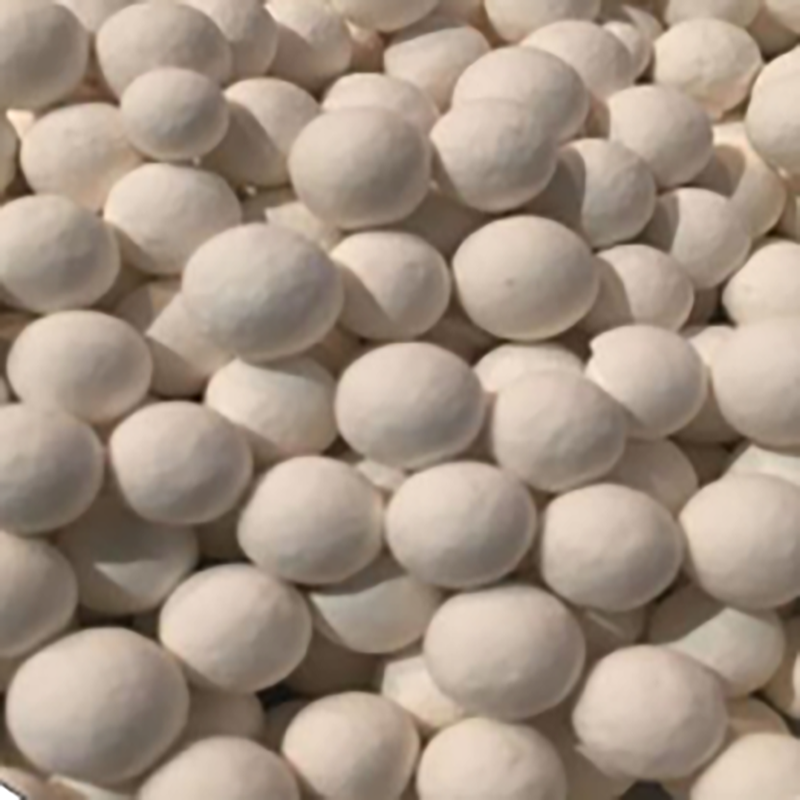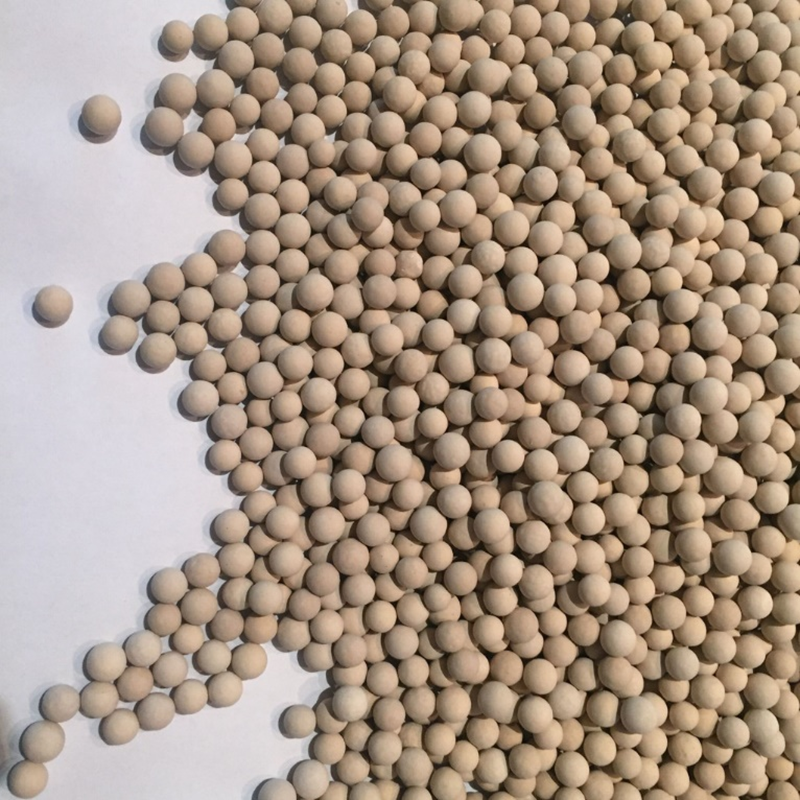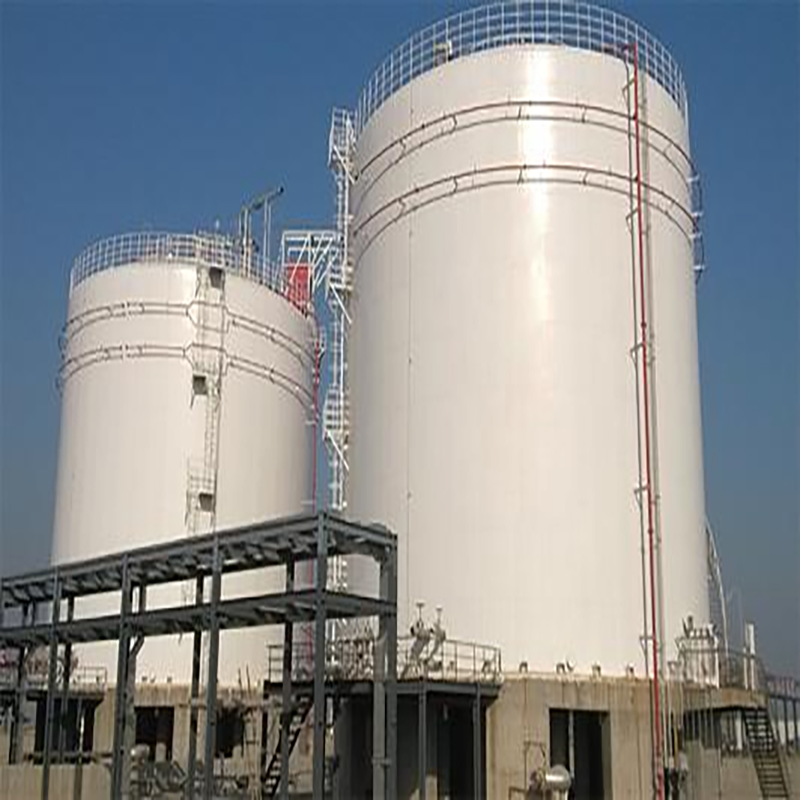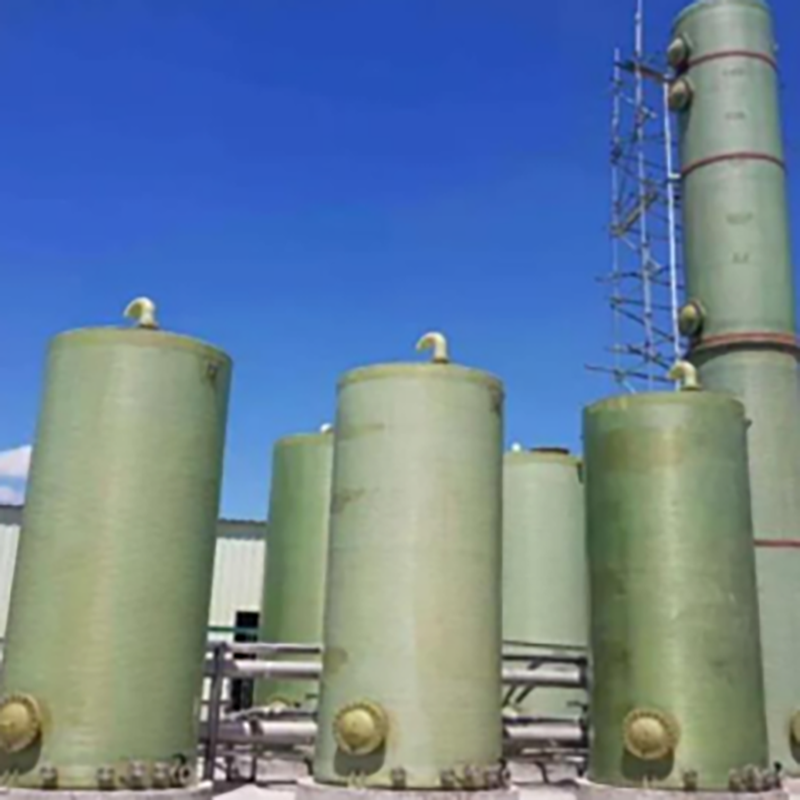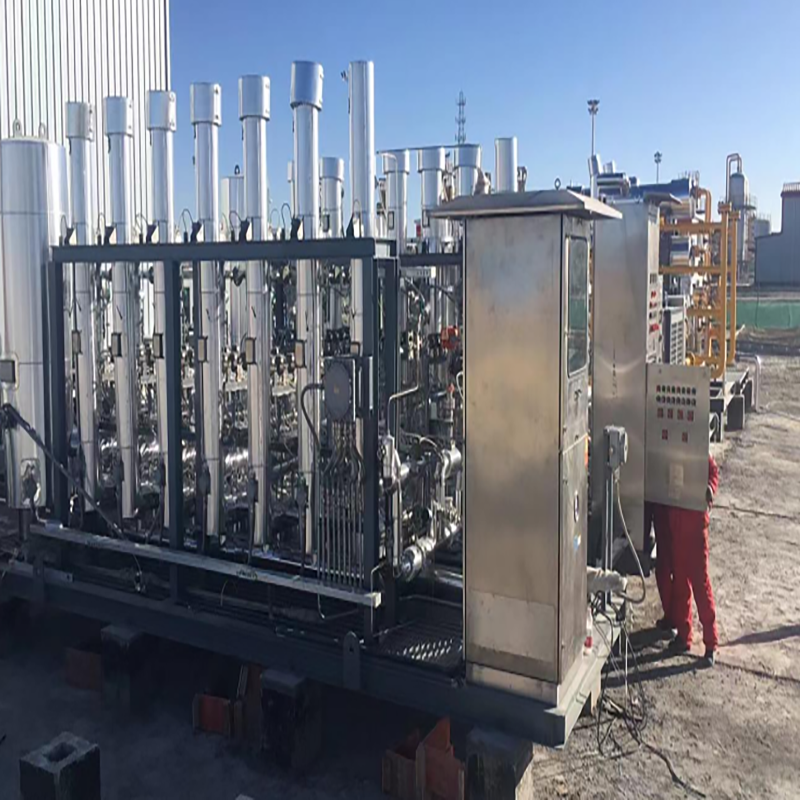PRODUCT CENTER
PSA N2 Generators
Features:
Our advanced Pressure Swing Adsorption (PSA) nitrogen generators provide an efficient on-site solution for high-quality nitrogen production. Using a proven PSA process, compressed air is purified and passed through a molecular sieve, selectively adsorbing oxygen while allowing nitrogen to pass through.
Key features include:
Nitrogen purity range: 95% to 99.9999%
Production capacity: 3 to 6,000 Nm3/h
Robust construction and efficient operation
Cost-effective and reliable on-site nitrogen supply
Modular design and low maintenance requirements
These generators cater to various industries, eliminating the need for external nitrogen supply and transportation. They offer increased convenience, reduced operating costs, and enhanced process control for applications such as inerting, blanketing, and purging.
Product Details
ADVANTAGES:
- Low capital investment
- Long working lifetime exceeding 100,000 hours
- Equipped with acoustic and visual alarms
- Mobile container type available
- Filling station for storage or backup
- Easy installation and operation
- High nitrogen purity up to 99.9999%
- Automatic discharge of unwanted N2 to the atmosphere
- Remote control and monitoring via PC or mobile phone
- Operation under low pressure and normal temperature conditions
COMMERCIAL APPLICATIONS:
• LNG
• Carbon Nanotube
• Plastics
• Glass
• Coal chemical
• Fertilizer
• Refinery
• Oil and gas
• Power plant
• Coal mine
• Biofuel
• Food packaging
• Fruit and vegetable storage
• Pharmaceuticals
• Electronics
• Metallurgy & heat treatment
• Fire extinguishing
| No | Model | Flow (Nm3/h) | Purity | Low output pressure (bar) | High output pressure (bar) |
|---|---|---|---|---|---|
| 1. | YCNP-5 | 5 | 95%-99.999% | 5-8 | 150-350 |
| 2. | YCNP-10 | 10 | 95%-99.999% | 5-8 | 150-350 |
| 3. | YCNP-30 | 30 | 95%-99.999% | 5-8 | 150-350 |
| 4. | YCNP-50 | 50 | 95%-99.999% | 5-8 | 150-350 |
| 5. | YCNP-100 | 100 | 95%-99.999% | 5-8 | 150-350 |
| 6. | YCNP-150 | 150 | 95%-99.999% | 5-8 | 150-350 |
| 7. | YCNP-200 | 200 | 95%-99.999% | 5-8 | 150-350 |
| 8. | YCNP-300 | 300 | 95%-99.999% | 5-8 | 150-350 |
| 9. | YCNP-500 | 500 | 95%-99.999% | 5-8 | 150-350 |
| 10. | YCNP-1000 | 1000 | 95%-99.999% | 5-8 | 150-350 |
| 11. | YCNP-1500 | 1500 | 95%-99.999% | 5-8 | 150-350 |
| 12. | YCNP-2000 | 2000 | 95%-99.999% | 5-8 | 150-350 |
| 13. | YCNP-3000 | 3000 | 95%-99.999% | 5-8 | 150-350 |
| 14. | YCNP-5000 | 5000 | 95%-99.999% | 5-8 | 150-350 |
PSA N2 Generators Working Performance
Low output pressure refers to the delivery pressure after PSA separation towers without a booster.
Nitrogen purity can reach up to 99.9999% if required.
The standard dew point is -40°C, but it can be lowered to -70°C based on customer requirements.
The nitrogen generators mentioned above are typically skid-mounted for ease of installation and transportation.
